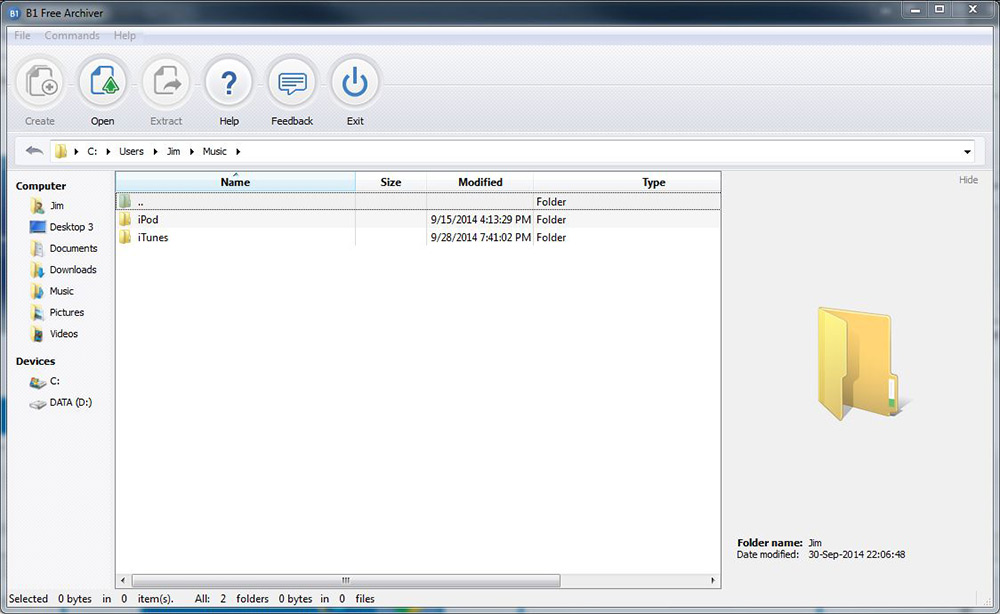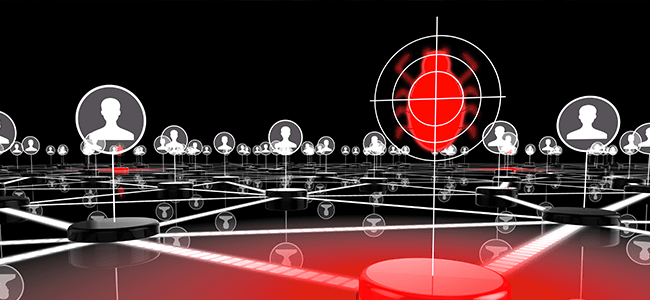
When all of the sides of the cloth have been used or when it is no longer saturated with solution, dispose of the cleaning cloth or store it for reprocessing.įor all environmental cleaning procedures, these are the best practices for environmental cleaning of surfaces:.Regularly rotate and unfold the cleaning cloth to use all of the sides.Wipe surfaces using the general strategies as above (e.g., clean to dirty, high to low, systematic manner), making sure to use mechanical action (for cleaning steps) and making sure to that the surface is thoroughly wetted to allow required contact time (for disinfection steps).This will ensure that you can use all of the surface area efficiently (generally, fold them in half, then in half again, and this will create 8 sides). Fold the cleaning cloth in half until it is about the size of your hand.Thoroughly wet (soak) a fresh cleaning cloth in the environmental cleaning solution.This is the general surface cleaning process: Clean spills of blood or body fluids immediately, using the techniques in 4.5 Spills of blood or body fluids .In a multi-bed area, clean each patient zone in the same manner-for example, starting at the foot of the bed and moving clockwise. Proceed in a systematic manner to avoid missing areas-for example, left to right or clockwise (Figure 10). Example of a cleaning strategy for environmental surfaces, moving in a systematic manner around the patient care area cleaning floors last to allow collection of dirt and microorganisms that may have fallenįigure 10.cleaning environmental surfaces before cleaning floors.Proceed from high to low to prevent dirt and microorganisms from dripping or falling and contaminating already cleaned areas. Clean general patient areas not under transmission-based precautions before those areas under transmission-based precautions.

In other words, high-touch surfaces outside the patient zone should be cleaned before the high-touch surfaces inside the patient zone. Within a specified patient room, terminal cleaning should start with shared equipment and common surfaces, then proceed to surfaces and items touched during patient care that are outside of the patient zone, and finally to surfaces and items directly touched by the patient inside the patient zone (Figure 9).Clean patient areas (e.g., patient zones) before patient toilets.

During terminal cleaning, clean low-touch surfaces before high-touch surfaces.Proceed from cleaner to dirtier areas to avoid spreading dirt and microorganisms. Example of a cleaning strategy from cleaner to dirtier areas detailed SOPs for environmental cleaning of surfaces and noncritical equipment in every type of patient care areaįigure 9.Potential for exposure to pathogens: High-touch surfaces (e.g., bed rails) require more frequent and rigorous environmental cleaning than low-touch surfaces (e.g., walls).Įvery facility should develop cleaning schedules, including: Vulnerability of patients to infection: Surfaces and items in care areas containing vulnerable patients (e.g., immunosuppressed) require more frequent and rigorous environmental cleaning than surface and items in areas with less vulnerable patients. Probability of contamination: Heavily contaminated surfaces and items require more frequent and thorough environmental cleaning than moderately contaminated surfaces, which in turn require more frequent and rigorous environmental cleaning than lightly or non-contaminated surfaces and items. Risk-Based Environmental Cleaning Frequency Principles


This risk-based approach is outlined in Appendix A – Risk-assessment for determining environmental cleaning method and frequency. Risk determines cleaning frequency, method, and process in routine and contingency cleaning schedules for all patient care areas. These three elements combine to determine low, moderate, and high risk-more frequent and rigorous (with a different method or process) environmental cleaning is required in areas with high risk.


 0 kommentar(er)
0 kommentar(er)
